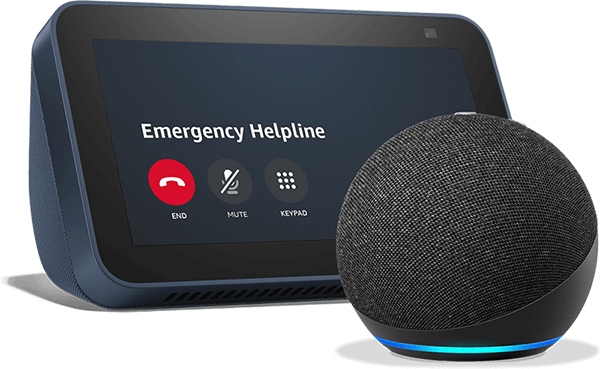
If you have Medicare or are about to become eligible, it is time to review your options. Open enrollment for making changes to your Medicare plan runs from October 15 to December 7, with updates taking place on January 1. Some new developments will come in 2024, and understanding the changes can help you make informed choices when selecting a Medicare plan or deciding whether to change the one you have.
Medicare changes for 2024
Here are some changes to various parts of Medicare coverage that will differ from last year.
Medicare Part B changes
Though the official announcement won’t come until mid-October to early November, Medicare Part B premiums are expected to rise in 2024 from $164.90 to $174.80.
Medicare Part D changes
Changes to Medicare Part D will assist families in paying for prescription drugs.
- •The average monthly premium for Medicare Part D prescription drug coverage is expected to fall to $55.50, a 99-cent drop from the 2023 average of $56.49. Medicare Part D plans vary, so your premium could be different.
- •The 5% coinsurance requirement for Part D enrollees in the catastrophic phase will be eliminated. This means that if you have drug costs high enough to qualify for catastrophic coverage, you will no longer be required to pay 5%. In 2024 the catastrophic threshold will be $8,000. This also applies to Medicare Advantage (Medicare Part C) plans.
- •Coinsurance costs for some Part B-covered drugs may be lower if a prescription drug’s price increased at a rate higher than inflation.
- •You cannot be charged more than $35 for a one-month supply of insulin if your Part D plan covers it. You also don’t have to pay a deductible.
- •Adult vaccines are now available at no cost.
Medicare coverage changes
These updates to Medicare services will help you consider how your coverage may change.
Telehealth coverage
You can still get telehealth services at any location in the U.S., including your home, until the end of 2024. After that, you must see your health provider in their office or a medical setting.
Managing and treating chronic pain
Medicare now covers monthly services to treat chronic pain if you’ve been living with it for more than three months.
Payment for caregiver training
The Centers for Medicare and Medicaid Services (CMS) proposes involving health care practitioners in training caregivers of patients with certain diseases or illnesses (such as dementia) to carry out a treatment plan. This means that Medicare would pay health professionals to train family caregivers on managing medications, assisting with activities of daily living, and using medical equipment.
Mental health care
Beginning January 1, 2024, Medicare will cover intensive outpatient services for mental health care provided by hospitals, community mental health centers, and other locations.
COVID-19 care
Medicare continues to cover the COVID-19 vaccine and several tests and treatments to keep you and others safe.
Medicare and payment for long-term care
Medicare typically does not cover the cost of assisted living or long-term nursing home care, which has not changed; however, Medicare continues to cover short-term skilled nursing rehabilitation for up to 100 days if you meet the criteria for admission. Medicaid may cover some of the cost of long-term care and, in special circumstances, assisted living if you meet the criteria and your state allows these communities to accept Medicaid as a form of payment.
Medicare and payment for home health services
There is a proposed cut in payments for home health services. This could mean:
- •Reduction in therapy staff, especially occupational therapists.
- •Possible reduction in patient admissions and access to care.
- •Exacerbation of an existing problem of staff shortages and rising home health costs.
It is too soon to tell what impact this reduction in reimbursement will have on families who need home health services.
Expansion of the federal Low-Income Subsidy/Extra Help program
The Low-Income Subsidy, also called the Extra Help program, assists low-income people with the costs of prescription drug prices. It can help with deductibles and copays.
The income qualifications for the Extra Help program have changed slightly. In 2023, to qualify for the Extra Help program, your income had to be at 135% of the federal poverty level. In 2024, that has increased to 150% of the federal poverty level, which means that about an additional 300,000 people will go from partial benefits to full benefits. The Extra Help program also has:
- •No deductible.
- •No premium.
- •Fixed lower copays for certain medications.
You can enroll in the Extra Help program by visiting the Social Security Administration’s website.
Medicare Advantage (Medicare Part C) oversight changes
Medicare Advantage (MA) plans have come under criticism for deceptive marketing, wasteful overpayments to MA plans by Medicare (“based on financial incentives that lead plans to manipulate the risk-adjusted payment system, including by recording their enrollees as having health conditions that are not treated or supported in the medical records”), and denial of needed services.
CMS released a rule that would increase oversight of MA plans. This increased oversight includes:
- •Addressing gaps in mental health services.
- •Annual reviews of MA policies and denials.
- •Increasing supervision of marketing practices.
- •Requiring MA plans to provide cultural and linguistic services.
Review your Medicare plan
No one likes to dive into the details of what is already a very complicated and confusing array of Medicare plans and options, but by taking the time to understand your plan, you can make informed choices that may better meet your health care and financial needs.








